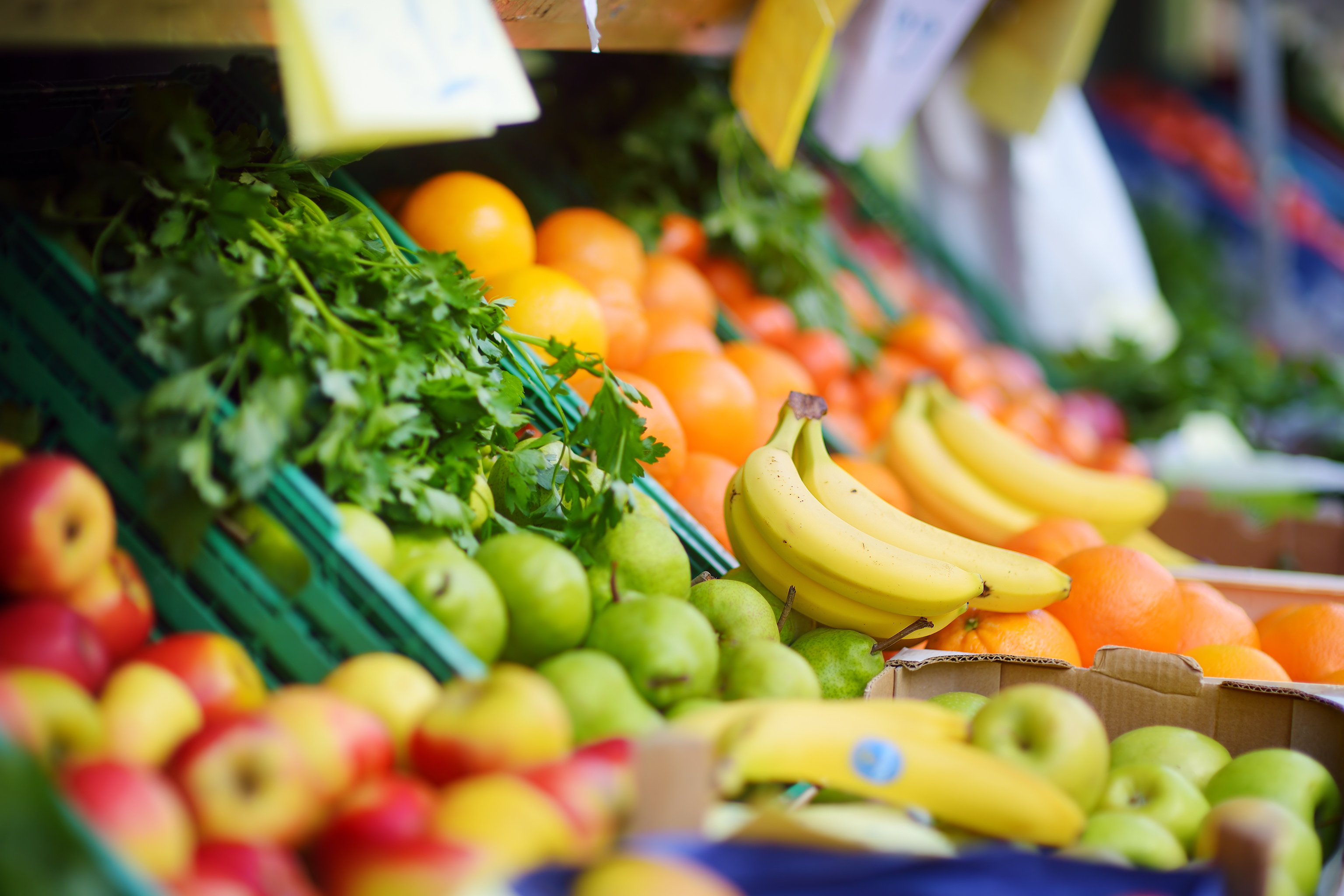By David Fikes, Executive Director, FMI Foundation

In the tree section of the plant nursery I frequent, there’s a sign meant to preempt customer questions that says, “The best time to plant a tree is twenty years ago.” I smile every time I read it because of its pointed reminder that if we adequately anticipate a need, it will save some work, worry and consternation later. It is also a humorous way of saying it’s always a good time to plant a tree.
Gene-edited food products will soon be making their way onto supermarket shelves, so the time to be preparing staff and customers for the advent of these new biotech enhanced products was twenty months ago. But if you’ve not done that, then right now works well, too.
We know from research FMI performed with Nielsen in 2022 that a whopping 92% of consumers consider it important that detailed, transparent information about what is in their food and how it is made is available to them. As we face the imminent marketing of gene-edited food products, it is vital that food manufacturers and food retailers have access to the production information they need to answer consumer questions about this new biotechnology and how it was applied. It is also important that retailers carefully consider how, when and which information they will give to their shoppers. Too much of the wrong information doesn’t feel like transparency to the consumer, but instead comes across as an inundating cover-up.
A new leafy green from Pairwise, a mustard green gene edited to be more palatable, has been well received in test markets in Palo Alto, Calif., Seattle, and Austin, Texas. Nine out of ten of the 3,000 consumers surveyed said they were likely to purchase the item, with only 1% citing anything about the technology used to develop the salad component and half of those comments being positive. This experience resonates with findings from FMI Foundation research on Consumer Acceptance of Gene Edited Foods, which reported that consumers recognizing a benefit (in this case, improved taste for a naturally nutrient-dense leafy green) vastly enhanced their willingness to purchase a gene-edited product.
In agriculture, more than 500 gene-edited products are being developed globally as crops of interest. About 25 of them are in some state of pre-commercialization - in other words, getting ready to soon go to market. About half of the products are in the advanced research phase. All of this to say, the trickle of gene-edited food products available at market will soon become a raging river.
The FMI Foundation has recently hosted two digital seminars designed to help you get market-ready for gene-edited food products. The first seminar addressed the regulatory climate both here in the United States and abroad, looked at Pairwise’s go-to-market strategy for their new leafy green and in the question-and-answer portion uncovered some of the potential consumer concerns with this new technology. The second seminar examined how gene editing democratizes biotech and explored how the Responsible Use of Gene Editing framework can provide retailers with production information as well as assure shoppers that producers successfully completing the framework’s requirements asked the right questions and can show how they received the right answers at each stage in the development of the product. Both seminars were recorded and are available to all FMI members.
The best time to get ready for gene-edited food products was yesterday, but today can work, too.


 Industry Topics address your specific area of expertise with resources, reports, events and more.
Industry Topics address your specific area of expertise with resources, reports, events and more.
 Our Research covers consumer behavior and retail operation benchmarks so you can make informed business decisions.
Our Research covers consumer behavior and retail operation benchmarks so you can make informed business decisions.
 Events and Education including online and in-person help you advance your food retail career.
Events and Education including online and in-person help you advance your food retail career.
 Food Safety training, resources and guidance that help you create a company food safety culture.
Food Safety training, resources and guidance that help you create a company food safety culture.
 Government Affairs work — federal and state — on the latest food industry policy, regulatory and legislative issues.
Government Affairs work — federal and state — on the latest food industry policy, regulatory and legislative issues.
 Get Involved. From industry awards to newsletters and committees, these resources help you take advantage of your membership.
Get Involved. From industry awards to newsletters and committees, these resources help you take advantage of your membership.
 Best practices, guidance documents, infographics, signage and more for the food industry on the COVID-19 pandemic.
Best practices, guidance documents, infographics, signage and more for the food industry on the COVID-19 pandemic.
